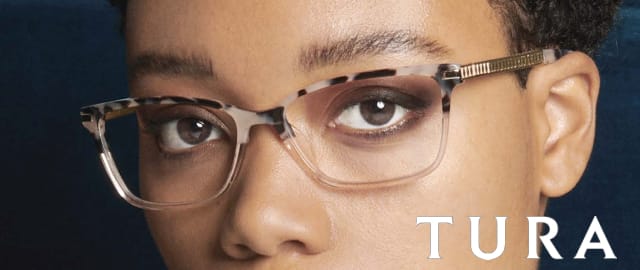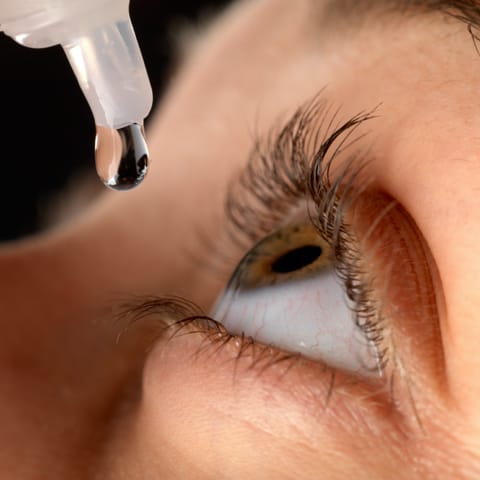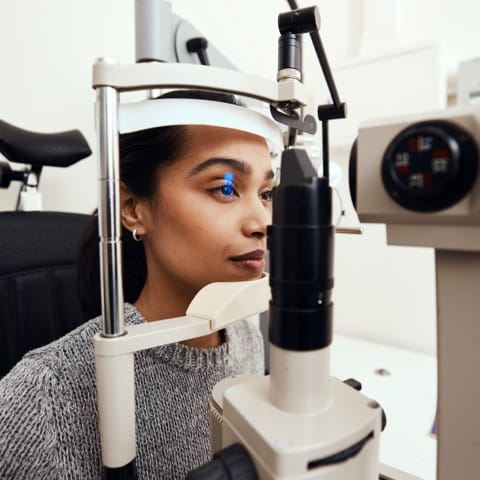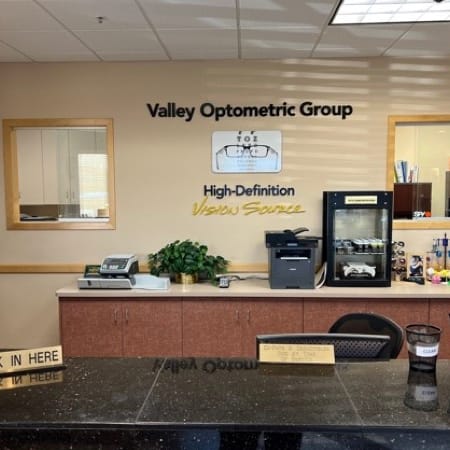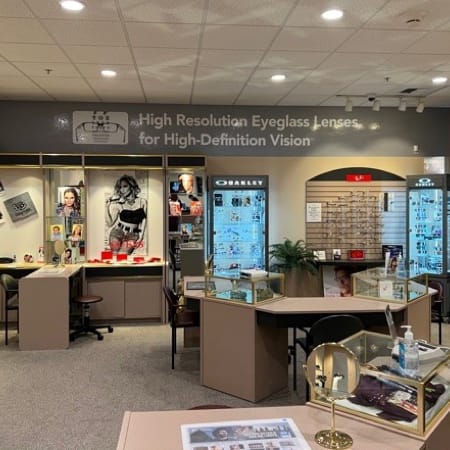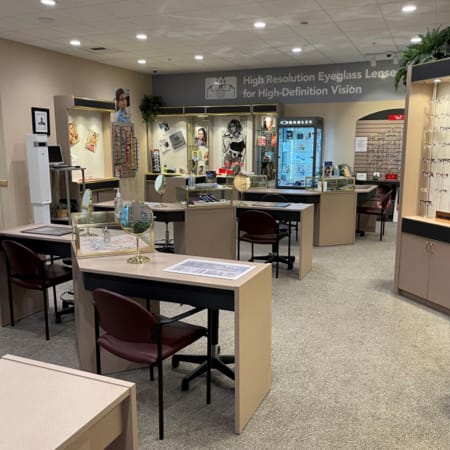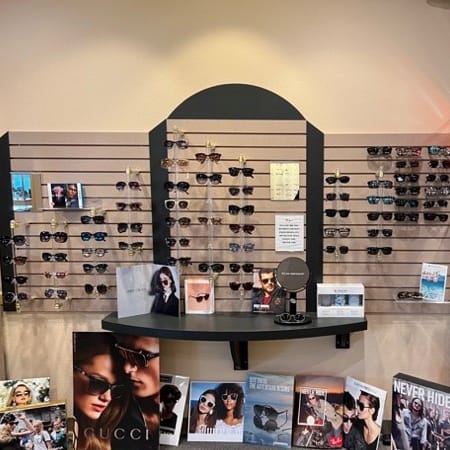Understanding Laser Eye Surgery
Many people are interested in the convenience of clear vision without eyeglasses or contact lenses. Laser eye surgery can be an effective option for freeing you from prescription lenses. There are several refractive surgeries available for correcting vision, but not all types are a good fit for every eye.
Laser surgery consultation is more than determining if you’re a good candidate. We can help you understand your options and discuss how best to serve your eye health.
Book a consultation today with Valley Optometric Group.

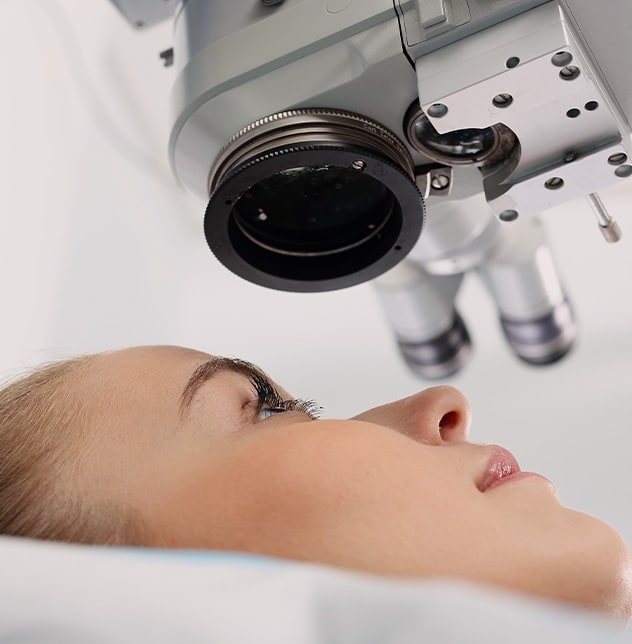
What Is Refractive Surgery?
When most people think of laser eye surgery, they think of LASIK. But LASIK isn’t the only effective option available.
Refractive surgeries reshape the cornea, the clear part of your eye that allows light to reach the back of your eye. When light doesn’t focus correctly inside your eye, your brain doesn’t receive accurate messages about what you’re seeing, causing blurred or distorted vision.
There are some risks associated with any type of laser eye surgery, such as:
Connecting with an optometrist helps you understand what to expect. We can also help you manage any symptoms you experience after surgery.

LASIK
LASIK is the most popular refractive surgery option as 90% of LASIK patients achieve vision between 20/20 and 20/40 without glasses or contacts. The procedure offers patients significantly faster healing compared to other laser eye surgeries, with a reduced risk of infection.
As a type of refractive surgery, it can correct most vision problems, including myopia (nearsightedness), hyperopia (farsightedness) and astigmatism. Before surgery, our optometrists will assess eye health and vision. We’ll also examine corneal thickness, as patients must have a certain cornea thickness to be candidates for LASIK.
Rather than reshaping the cornea from the outside, ophthalmologists create a flap in the outside layers of the cornea, folding it back to reveal the inner layers. After reshaping the inner corneal tissue with a laser, they replace the flap.
The procedure takes about 15 minutes per eye. Patients’ eyes are numbed with eye drops and may be offered medication to help them relax.

Cataract Surgery
Cataracts are a clouding of the natural lens, which interferes with vision. Cataract surgery removes the clouded lens and replaces it with an intraocular lens (IOL) implant, which is an artificial lens. The IOL not only provides clearer vision, but it can also be customized to a patient’s unique vision needs.
Similar to a contact lens, an IOL can have different focusing powers. Before surgery, patients will assess eye health and vision needs. Then, we can discuss the best IOL options for vision correction and comfort. For example, some patients may benefit from a multifocal IOL while others need monofocal IOLs for better night driving.
Cataract surgery typically lasts less than 1 hour, including.15–30 minutes of post-surgery recovery for each eye. The surgeon creates small incisions (using a blade or laser) to break up the natural lens, removes it, and then gently inserts the IOL.
The patient is awake during the surgery, but will see light and blurry movement, not the precise details of the surgery. The patient’s eyes are numbed with eye drops, so there is little discomfort. In some cases, a patient may be offered medication to help them relax during the procedure. The incisions are self-sealing, so no stitches are required for healing. Full recovery can take up to 8 weeks. Patients must wear a protective eye shield during sleep and may be prescribed eye drops. 90% of patients experience clearer vision after cataract surgery.
Refractive Surgery Aftercare
Surgery is only one step of the process. Our eye care team can support your eye care needs after surgery and the years beyond. Aftercare begins with the first 24 hours, when vision might fluctuate as your eyes heal. You’ll need to rest your eyes and take precautions to avoid infection or injury.
Most patients can return to everyday activity within 48 hours, but should avoid strenuous activity or sports for at least 3 days.
As it can take up to 6 months for your eyes to stabilize after refractive surgery, we can support you through any vision changes. The most common side effect of LASIK is dry eyes, which can impact eye comfort and vision. After surgery, our team can provide insight into your eye health with regular eye exams. The more we learn about your eyes, the better we can help protect your vision.
Discuss Your Choices
Laser eye surgery can be a safe, effective vision correction option for many patients. Our eye care team can discuss your vision goals and help you understand what to expect, so you can feel comfortable with your decision. If you’re not a good candidate for laser eye surgery, we can develop a vision plan for your lifestyle.
Book a consultation with Valley Optometric Group to learn about your options.

Our Location
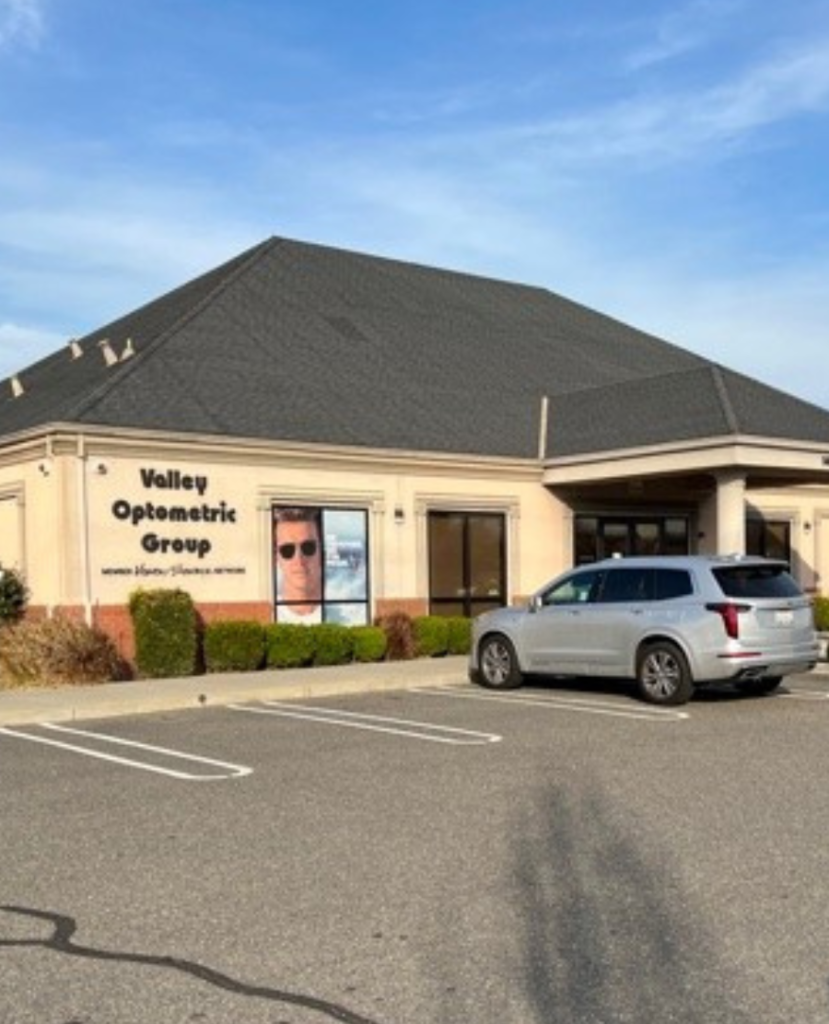
Visit us
Valley Optometric Group is located on the corner of Kingswood Drive and Sylvan Avenue, right near Beyer Community Park.
If you’re having trouble finding our practice, please give us a call!
- Phone: 209-527-6640
- Email: info@valleyoptometricgroup.com
- 1401 Sylvan Ave
- Modesto, CA 95355
Hours of Operation
- Monday: 7:30 AM – 5:00 PM
- Tuesday: 7:30 AM – 5:00 PM
- Wednesday: 7:30 AM – 5:00 PM
- Thursday: 7:30 AM – 5:00 PM
- Friday: Closed
- Saturday: Closed
- Sunday: Closed
Closed: 12:00 PM to 1:00 PM daily for lunch
Our Brands

